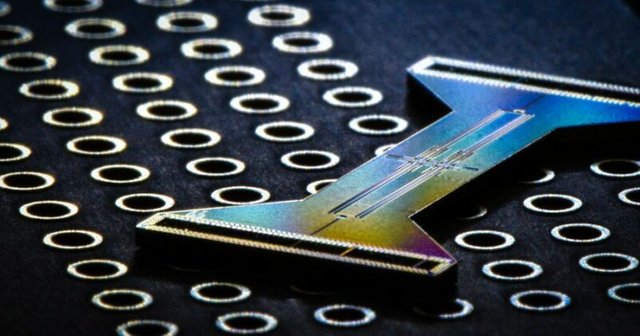Honeywell releases details of its ion trap quantum computer - ars technica
( April 7, 2021; ars technica)
In contrast to companies like IBM and Google, Honeywell has decided against using superconducting circuitry and in favor of using a technology called "trapped ions." In general, these use a single ion as a qubit and manipulate its state using lasers. There are different ways to create ion trap computers, however, and Honeywell's version is distinct from another on the market, made by a competitor called IonQ (which we'll come back to).
IonQ uses lasers to perform its operations, and by carefully preparing the light, its computer can perform operations on multiple qubits at the same time. This essentially allows any two qubits in its system to perform a single operation and lets IonQ build up a complicated entangled system. It's a contrast to the behavior of quantum computers that use superconducting circuits, where each qubit is typically only connected directly to its nearest neighbors.
Honeywell's approach also allows any two qubits to be connected with each other. But it does so by physically moving ions next to each other, allowing a single pulse of light to strike both of them simultaneously.
I previously covered Honeywell's foray into quantum computing last year, in Curating the Internet: Science and technology digest for March 4, 2020.
Read the rest from ars technica: Honeywell releases details of its ion trap quantum computer
